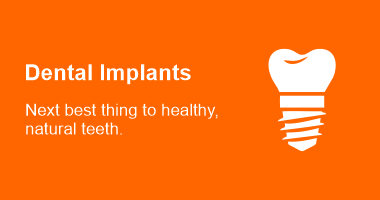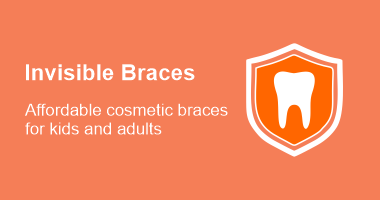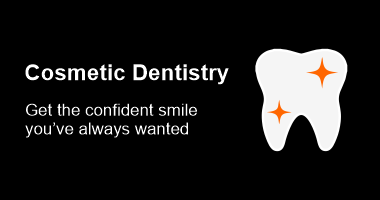
Periodontics & Gums Treatment In Delhi
Get the best periodontal/gums treatment by an experienced periodontist in West Delhi at a Dental World’s Punjabi Bagh & Rajouri Garden Dental Clinics
Table of Content
- Periodontist
- The most common problems involving the gums are:
- Gingivitis/Bleeding gums Treatment
- Receding Gums Treatment
- How to Treat Receding Gums
- Treatment of Periodontitis
- Nonsurgical treatments
Periodontist
A Periodontist is someone who understands oral hygiene the best. Periodontics is the branch of science that studies the clinical aspects of supporting structures of teeth (i.e the periodontium), which includes gingiva (gums), alveolar bone (jaw), root cementum and periodontal ligament. This word is derived from two Greek words which means, study of that which is “around the tooth”.A periodontist specializes in treating different kinds of periodontium diseases.These sorts of diseases span through different forms but are usually a result of bacterial infection in gums. If, left untreated, it generally results in alveolar bone loss and eventually tooth loss.
The most common problems involving the gums are:
Gingivitis /Bleeding gums
Periodontitis
Receeding gums
Gingivitis/Bleeding gums Treatment
Causes for gum diseases :
Poor nutrition
Smoking
Tooth grinding
Diabetes
Stress
Some medications increase the likelihood of developing the condition.
Plaque removal: As plaques are thin and soft bio-films of deposits of micro
organisms on the tooth surface so removing them is easier. Regular brushing of
teeth is one of the most common instruction given to the patient that reduces
the level of plaque formation to almost nil level. Various other methods of
Plaque removal includes inter dental aids like floss and tooth picks, rubber tip
stimulators and water irrigators.
If plaque continues to persist on tooth for it calcifies to form calculus.
Removal of Calculus includes Scaling, Curettage and root planing.
Scaling: is the removal of the hard and soft deposits formed on the Supra
as well as Sub-gingival level. Scaling is either done with hand instruments or
with Ultrasonic scalers. At Dental
World we use state of the art Ultrasonic scalers for the maximum
comfort of our patients.
Root planing: Removal of the deeply embedded calculus followed by
smoothing the root walls is termed as Root planning.
Curettage:is the removal of Cementum residue, gingival pocket linings,
and deep calculus. Curettage involves marginal gum or gingival removal to access
the depth of the tooth. Treating Gingivitis does half the job as it is this
untreated Gingivitis that later progresses into a much more destructive phase
that involves bone loss and marginal gingival recession.
Receding Gums Treatment
Factors responsible for Receding Gums
Periodontal infections of various origin like Bacterial and fungal invasion.
Genetic influence – Surveys have shown that genetic trait results in over 30%
cases of gum recession.
Improper brushing technique – aggressive pattern of brushing or improper
movement of the brush bristles can easily cause damage to the gum.
Unhygienic status – poor oral health with formation of calculus and plaque
deposition can result in gum problems.
Hormonal changes due to Menopause, pregnancy, puberty, cysts can make gums
sensitive and prone to infections and recessions.
Grinding and clenching of teeth.
Use of tobacco in form of cigarettes, pouches etc.
Malocclusion and fractured tooth
Piercing of the lips and tongues can cause continuous attrition between gum and
the metal causing recession of gums
How to Treat Receding Gums.
How to Treat Receding Gums
Determination of the causative factor and elimination of any habits like tobacco
chewing, improper oral care, piercings etc
Educating and teaching of proper oral hygiene methodology. This can include
techniques of brushing technique demonstrations, making patients aware of the
various other cleaning products available like dental floss, sugar free gums,
mouth rinse etc.
Regular oral prophylaxis to avoid plaque and calculus.
Deep cleaning in form of curettage, ultra sonic scaling and root planning.
Gum grafting.
Tissue Regeneration.
Treatment of Periodontitis
If gingivitis is left untreated it advances to become Periodontitis. It is
characterized by
Tooth ligaments ditatching
Destruction of surrounding bone
Teeth becoming loose or wobbly
Tooth loss
The goal of periodontitis treatment is to thoroughly clean the pockets around
teeth and prevent damage to surrounding bone. Treatment may be performed by a
Periodontist, a dentist or a dental hygienist. You have the best chance for
successful treatment when you adopt a daily routine of good oral care.
Nonsurgical treatments
If periodontitis isn’t advanced, treatment may involve less invasive procedures,
including:
Scaling: Scaling removes tartar and bacteria from your tooth surfaces and
beneath your gums. It may be performed using instruments or an ultrasonic
device.
Root planning: Planning smoothens the root surfaces, discouraging further
build-up of tartar and bacterial endotoxin.
Antibiotics: Topical antibiotics can include antibiotic mouth rinses or
insertion of gels containing antibiotics in the space between your teeth and
gums or into pockets after deep cleaning.



